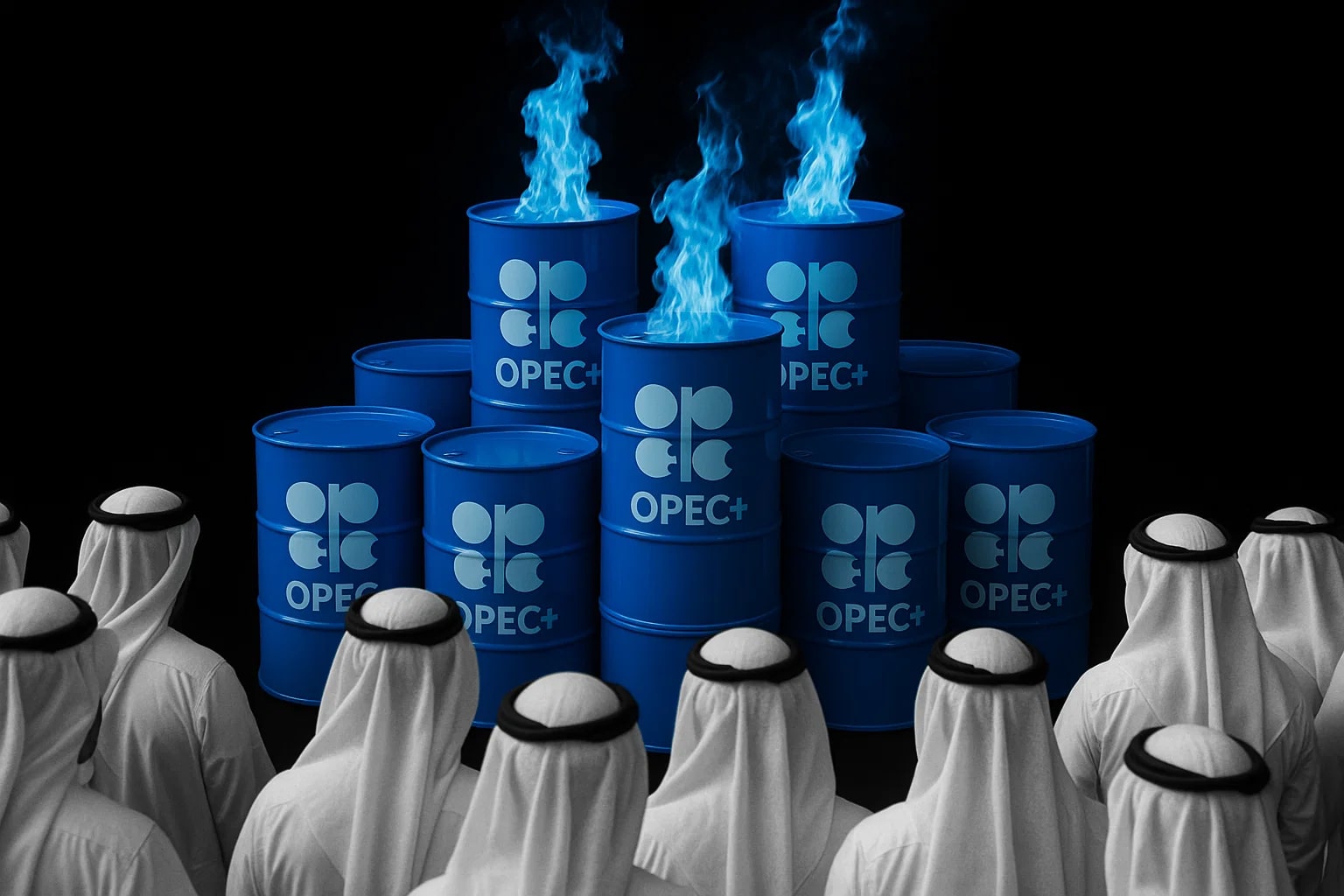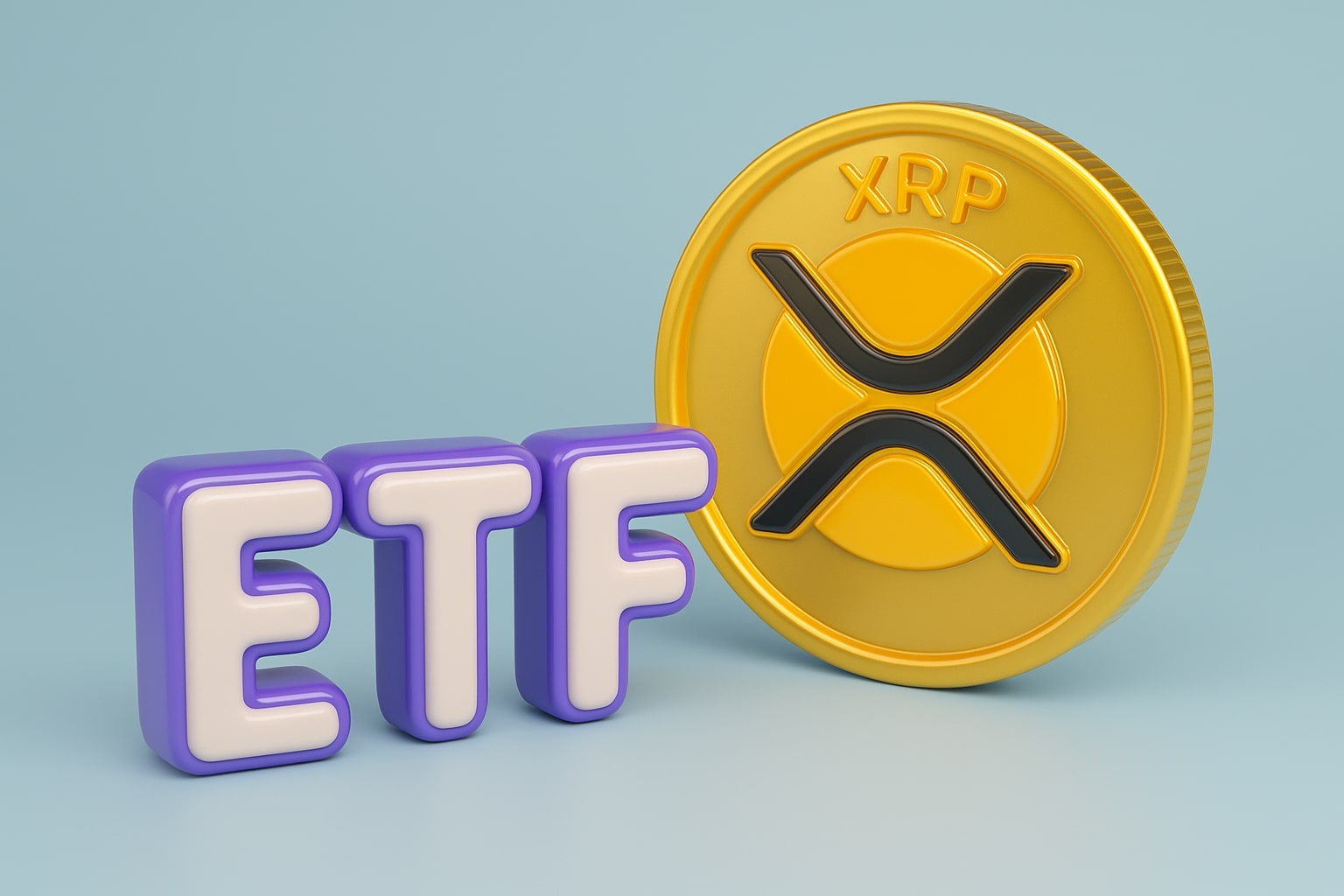
Oil Price Forecast - Oil Prices Recover: Brent at $63.63, WTI at $59.75 as U.S.–Hungary Energy Talks Shift Market Outlook
Crude rebounds late in session amid U.S.–Hungary sanction relief hopes, 5.2M-barrel U.S. stock build, and OPEC+ pause on output hikes while China boosts imports | That's TradingNEWS
Oil Market Analysis — WTI (CL=F) and Brent (BZ=F) Stabilize Near Lows Amid Political Shifts, Inventory Builds, and Supply Diplomacy
WTI and Brent Recover After U.S.–Hungary Sanctions Twist
Crude oil prices showed late-session resilience after U.S. President Donald Trump’s meeting with Hungarian Prime Minister Viktor Orbán, which sparked hopes of a temporary easing in Russian energy sanctions. West Texas Intermediate (CL=F) settled at $59.75 per barrel, up 0.54%, while Brent (BZ=F) closed at $63.63, a modest 0.39% gain. Both benchmarks, however, still recorded weekly losses of roughly 2%, driven by elevated inventories and muted demand.
Hungary’s exemption from U.S. sanctions on Russian oil was later confirmed as indefinite, according to Foreign Minister Peter Szijjártó, following direct negotiations in Washington. Hungary, which imports 86% of its crude and 74% of its gas from Russia, secured continued access to Druzhba pipeline supplies in exchange for $600 million in planned U.S. LNG purchases. The move triggered mixed reactions—while offering temporary supply stability for Europe, it simultaneously undercut Washington’s broader sanction pressure on Moscow.
Inventory Surplus and Demand Slowdown Undermine Short-Term Prices
The Energy Information Administration (EIA) reported a 5.2 million-barrel build in U.S. crude inventories, reigniting fears of a near-term oversupply. Domestic oil output remains strong at 13.65 million barrels per day, close to its all-time record, while imports climbed and refinery utilization fell by 0.8% week-over-week. Gasoline and distillate inventories declined, but not enough to offset overall supply pressure.
The Federal Aviation Administration’s partial shutdown of flight operations amid unpaid controller shortages cut jet fuel demand, deepening bearish sentiment. Analysts estimate lost demand at roughly 80,000 barrels per day for the week. Meanwhile, private data also showed U.S. labor market softening, reinforcing expectations of slower industrial and transport fuel consumption heading into winter.
OPEC+ Policy Turns Mixed as Saudi Arabia and Russia Diverge
OPEC+ members decided to raise output slightly for December but paused additional hikes through Q1 2026, wary of tipping the market into a supply glut. Saudi Arabia cut December crude selling prices to Asian buyers by over $2 per barrel, its steepest discount since mid-2024, reflecting weaker margins and competition for Asian refinery demand.
Russia’s exports, constrained by Western sanctions, remain rerouted mainly to China and India, where discounts average $8–$10 per barrel to Brent. Yet China’s October imports jumped 2.3% month-over-month and 8.2% year-over-year, reaching 48.36 million tons, offsetting part of the Western slowdown. UBS analysts suggest this surge “keeps barrels away from the OECD, preventing a deeper price collapse.”
North American Energy Diplomacy and “Plan Mexico” Shift Global Supply Flows
Beyond near-term price swings, strategic alignment across North America is emerging as a counterweight to Chinese dominance in global energy chains. The Atlantic Council highlighted that the U.S.–Mexico–Canada Agreement (USMCA) review in 2026 could reshape regional energy integration. Mexico’s “Plan Mexico”—led by President Claudia Sheinbaum—aims to expand oil and gas infrastructure, EV manufacturing, and mineral supply chains, directly aligning with U.S. and Canadian nearshoring priorities.
North America’s combined export capacity—U.S. LNG dominance, Canadian crude supply, and Mexico’s emerging Pacific LNG terminals—positions the bloc as the world’s most influential democratic energy alliance. By consolidating regional resources, the three countries aim to reduce dependency on Middle Eastern and Russian supplies while countering China’s strategic investments in Latin America.
Rig Count Stability and CapEx Caution Define U.S. Output Strategy
The latest Baker Hughes data shows 414 active oil rigs, unchanged week-over-week and 65 fewer than a year ago. Although total U.S. rigs reached 548 (including gas and miscellaneous), this reflects a 6% decline from 2024. Energy firms have become more disciplined, prioritizing shareholder returns and debt reduction over production growth. Capital expenditures are projected to drop 4% year-over-year in 2025, even as the EIA forecasts record output of 13.5 million barrels per day.
Regional disparities are emerging: Texas lost one rig—its lowest count since September 2021—while Louisiana gained one, hitting its highest level in over a year. These shifts highlight how U.S. producers are reallocating resources toward more efficient shale basins, focusing on Permian productivity and long-cycle projects with break-even levels near $45–$50 per barrel.
Sanctions and Geopolitical Realignment Bolster Medium-Term Support
The Trump administration’s new sanctions package on Lukoil and Rosneft, coupled with the Gunvor Group’s withdrawal from acquiring Russian assets, reinforced the U.S.’s commitment to “maximum pressure.” Gunvor’s exit, after being labeled a “puppet of Russia” by the U.S. Treasury, signaled tighter scrutiny on foreign intermediaries handling Russian barrels. These moves, alongside Ukraine’s recent strike on a Lukoil refinery, constrained regional supply but also raised geopolitical risk premiums in Brent futures.
Meanwhile, Iran’s restricted exports continue to impact Asian refiners, while Iraq’s domestic production now exceeds demand, allowing the country to end fuel imports entirely—a shift that increases regional autonomy and could redirect Middle Eastern barrels toward Europe and Africa.
Read More
-
PFFA ETF Nears $21.50 as Rate Cuts and 9.49% Yield Spark Renewed Demand
29.11.2025 · TradingNEWS ArchiveStocks
-
XRPI and XRPR ETFs Ignite Ripple’s Institutional Rally as Inflows Near $1B and XRP Holds $2.20
29.11.2025 · TradingNEWS ArchiveCrypto
-
Natural Gas Price Forecast - NG=F Blasts to $4.85 as Demand Surge Fuel Multi-Month Breakout
29.11.2025 · TradingNEWS ArchiveCommodities
-
USD/JPY Price Forecast - Yen to Dollar Slides to 156.10 as Yen Strengthens on Fed Cut Expectations
29.11.2025 · TradingNEWS ArchiveForex
Technical Structure and Price Outlook for WTI and Brent
Technically, both WTI (CL=F) and Brent (BZ=F) remain under short-term pressure but exhibit stabilization signs. WTI support zones sit at $58.80, followed by $57.20, with resistance at $61.40 and $63.00. Brent’s range tightens between $62.50 and $65.00, with next resistance near $67.30 if geopolitical tensions rise or U.S. inventories decline.
Momentum indicators suggest the market is oversold:
-
RSI (14-day) near 39 for WTI and 42 for Brent.
-
MACD signals flattening downside momentum.
-
Open interest in crude futures rose 4.7% week-over-week, suggesting traders are rebuilding long exposure near current levels.
Physical differentials also tightened: Dubai crude traded just $1.20 below Brent, compared to a $2.60 gap last month, reflecting stronger Asian pull. Freight rates for Aframax tankers rose 9%, indicating robust vessel demand from Indian and Chinese refiners.
Macro Triggers: Fed Policy, Dollar Index, and Inflation Path
Oil’s macro environment is intertwined with U.S. monetary expectations. Traders are pricing in a 66% probability of a December rate cut, according to CME FedWatch data. The Dollar Index (DXY) fell to 99.55, its lowest since July, enhancing oil’s appeal for non-dollar buyers. The ongoing U.S. government shutdown, now in its 38th day, further reduced economic data visibility, delaying non-farm payrolls and causing broader uncertainty across risk assets.
Inflation-linked assets have seen inflows as investors hedge against fiscal stress, with crude often serving as the primary inflation hedge within commodity portfolios. Yet, subdued industrial data and weak PMI prints from both the U.S. and Europe have capped upside momentum, keeping oil volatility (OVX) around 27, down from 32 earlier in the month.
Medium-Term Structural Outlook and Investment Stance
Looking ahead to 2026, fundamentals indicate a market transitioning from oversupply to equilibrium. The OPEC+ restraint, regional policy shifts, and refined North American energy coordination are likely to absorb excess output through mid-2026. Demand recovery in China and India, combined with potential U.S. stimulus after the shutdown, could lift WTI toward $72–$78 and Brent toward $80–$85 over the next 12 months.
However, traders should monitor U.S. shale discipline, Saudi pricing strategy, and the outcome of COP30 discussions on global oil and AI energy demand. If production caps tighten further and inventories trend lower, both benchmarks could reenter a bullish channel by Q2 2026.
Verdict — Oil Market Remains Structurally Bullish Into 2026
Despite near-term weakness, structural signals remain constructive. The market is consolidating at a higher base as geopolitical realignment reshapes trade flows. Inventory builds, temporary demand weakness, and supply adjustments are creating a foundation rather than a collapse. With WTI near $59.75 and Brent at $63.63, risk-reward dynamics favor accumulation within this range, particularly for investors anticipating stabilization above $60.
Verdict: Bullish (Buy accumulation zone $58–$60 WTI; $62–$64 Brent)
12-Month Target: WTI $75 | Brent $83
Drivers: Sanctions reconfiguration, North American energy diplomacy, OPEC+ restraint, Fed easing cycle, and Chinese refinery demand.
Risks: Oversupply persistence, weak industrial demand, or geopolitical escalations impacting trade routes.
Oil remains the linchpin of macro stability — and as the data shows, its next rally may ignite not from production cuts, but from structural policy realignment and strategic energy cooperation reshaping the world’s flow of crude.



















